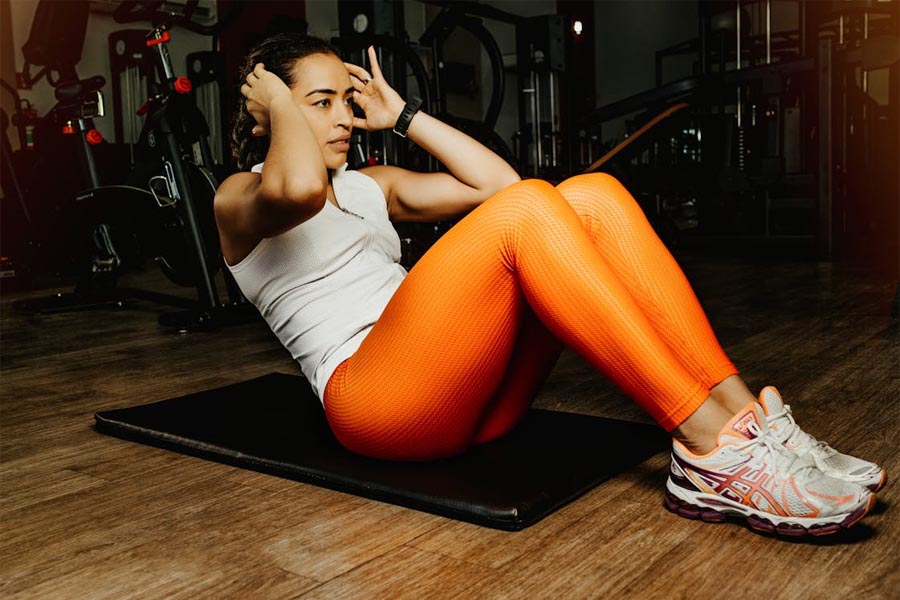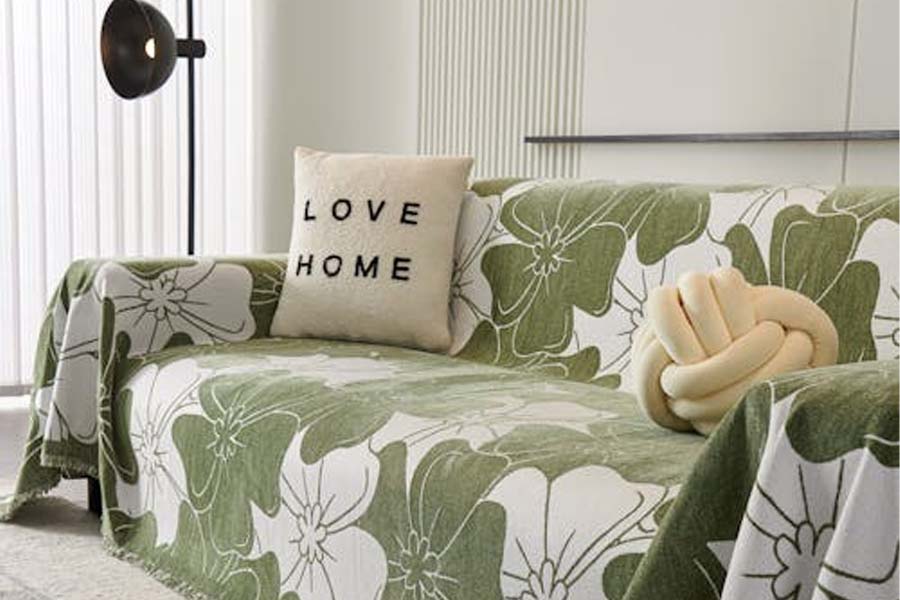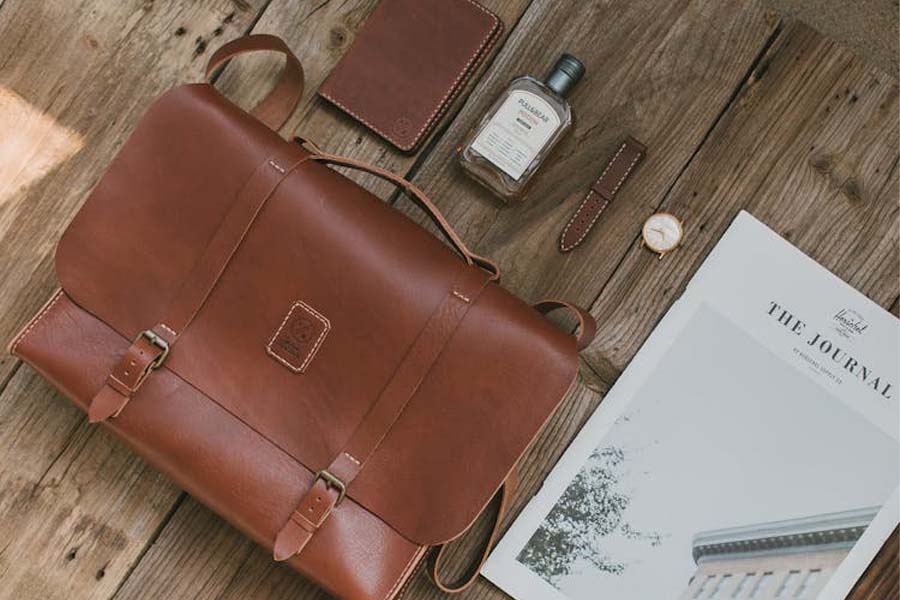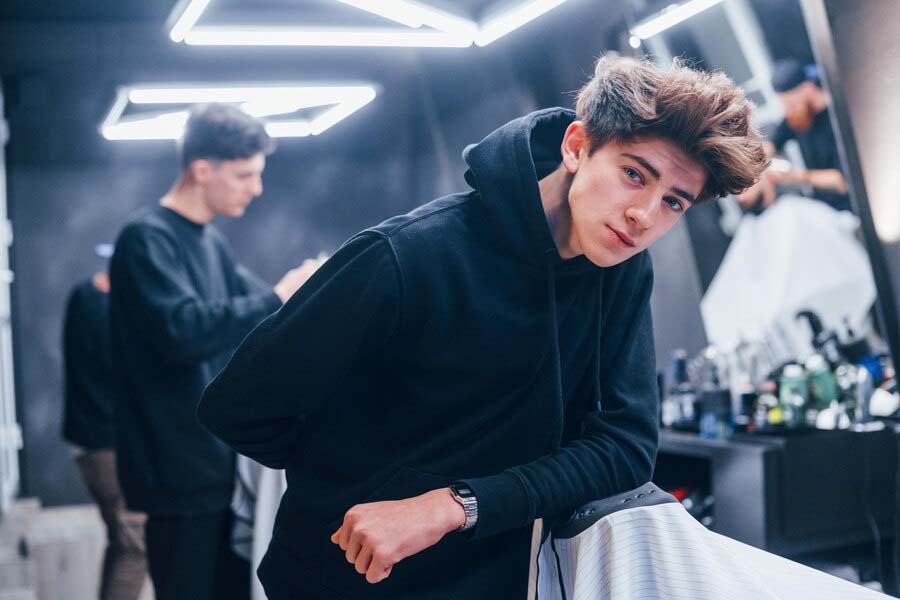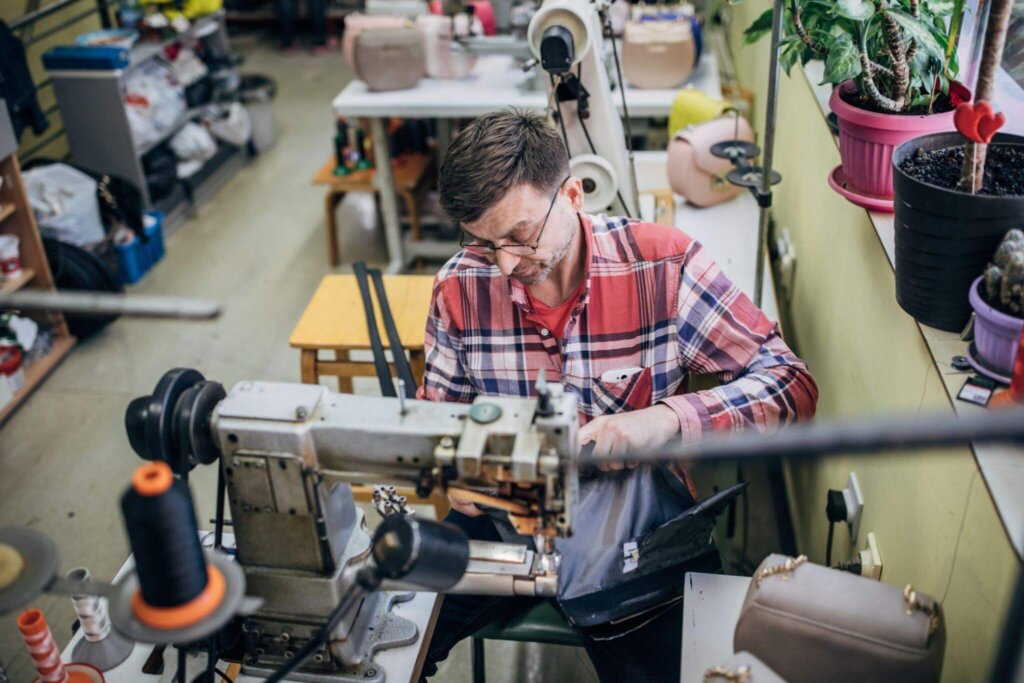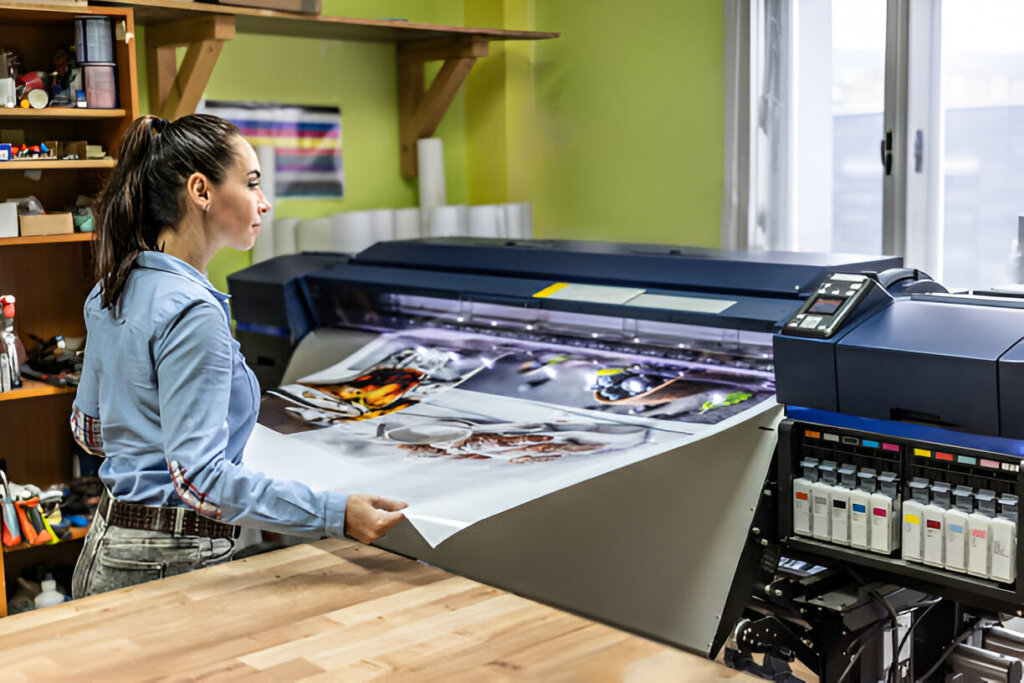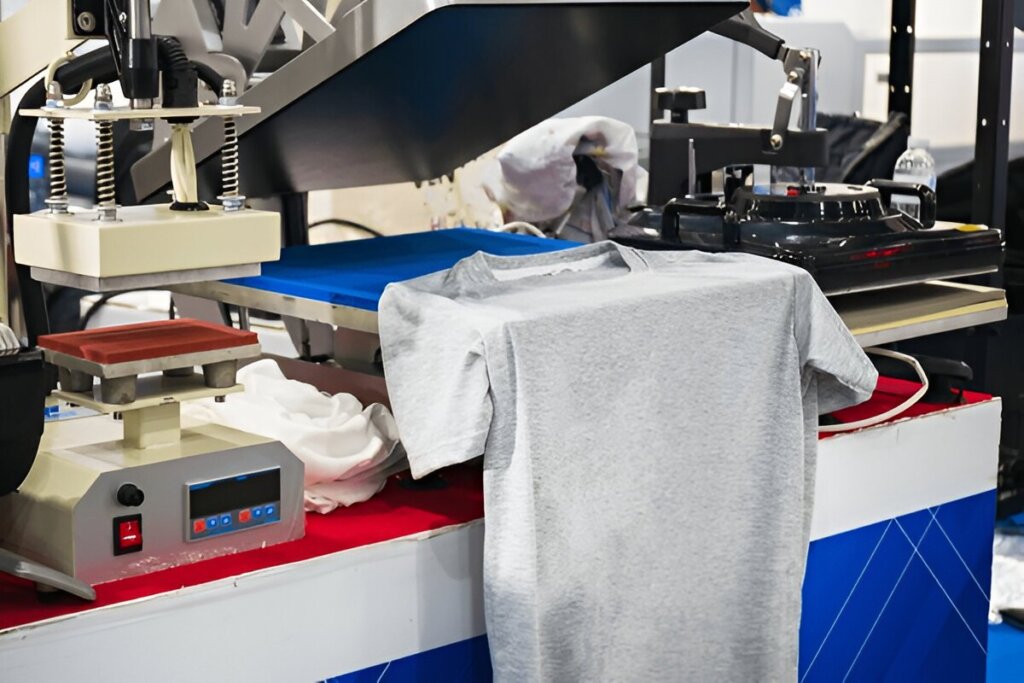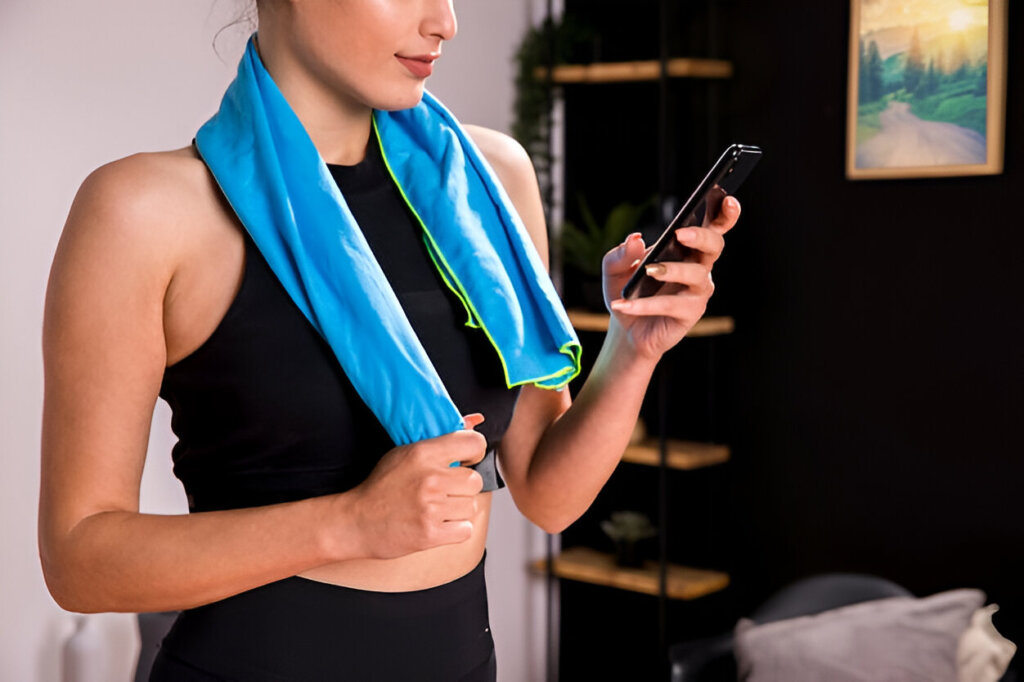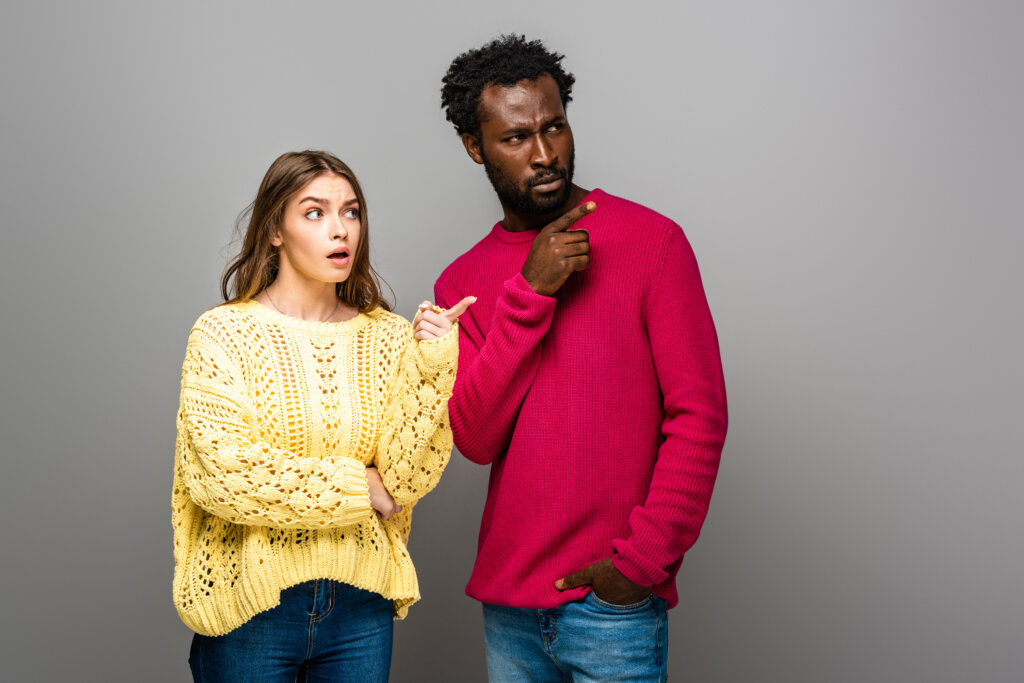Sublimation printing has transformed custom apparel manufacturing, with the global market projected to reach $12.3 billion by 2027. At Ludyway, our technical team has engineered specialized fabric formulations to maximize sublimation performance. This guide details the scientific criteria for selecting optimal substrates, drawing on our ISO 9001-certified production experience.
Technical Specifications for Sublimation-Ready Shirts
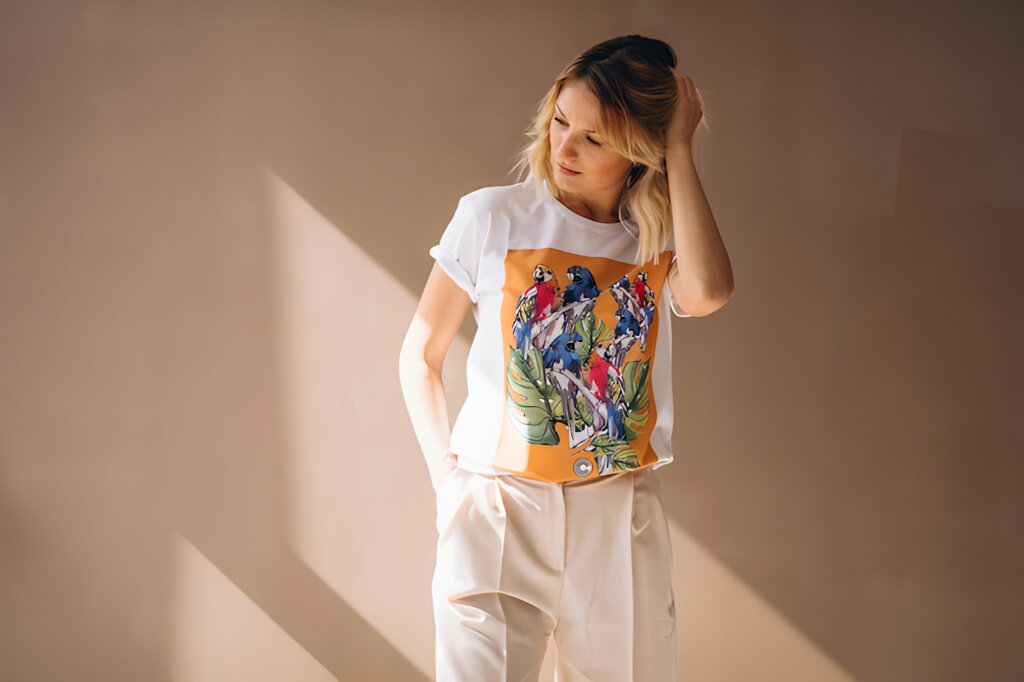
Successful sublimation requires precise molecular compatibility:
- Polyester Content: Minimum 85% for optimal dye migration
- Fiber Structure: Non-coated surfaces with 15-20μm fiber diameter
- Thermal Stability: Withstands 200°C for 45-60 seconds without degradation
1. Durability Metrics
Premium sublimation substrates must exceed:
- Martindale abrasion: 30,000+ cycles (ISO 12947-2)
- Pilling resistance: Grade 4-5 (ISO 12945-1)
- Colorfastness: Class 4-5 after 50 washes (AATCC 61)
Ludyway’s performance fabrics incorporate polymer cross-linking for enhanced longevity.
2. Wearability Engineering
- Moisture-wicking: 500+ g/m²/24h (ISO 18696)
- Air permeability: ≥1000 l/m²/s (ISO 9237)
- PH-balanced surface: 5.5-6.0 range
3. Environmental Resilience
- UV resistance: ≤5% color loss after 500 hours (AATCC 16)
- Chlorine tolerance: 50ppm without degradation
- Biodegradability: 85% decomposition in 180 days (OECD 301B)
Engineered Sublimation Substrates
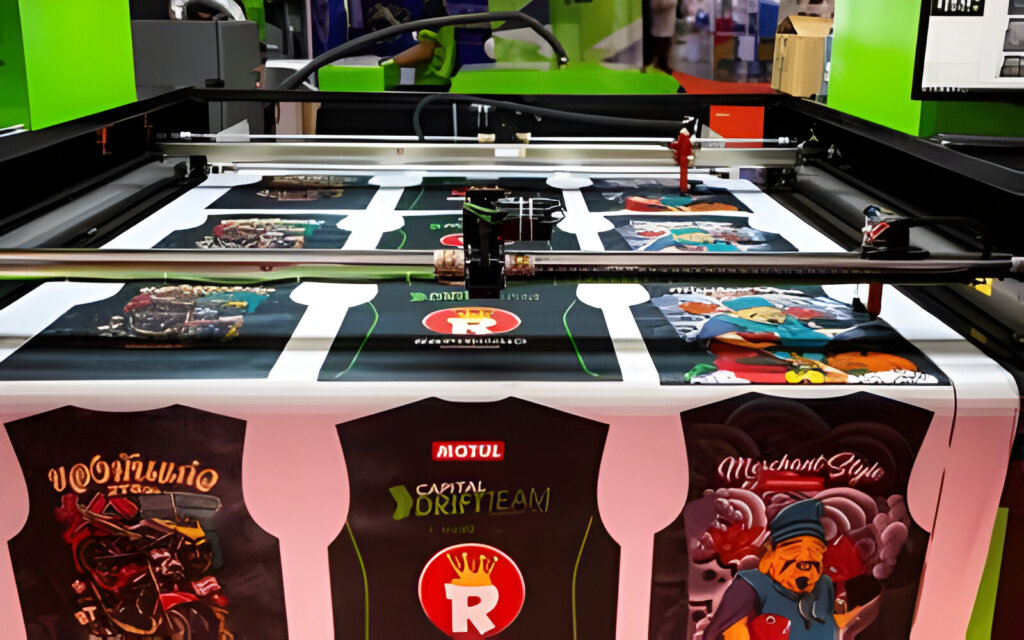
1. 100% Polyester Performance Tees
Technical advantages:
- Dye migration efficiency: 98.7% transfer rate
- Color gamut coverage: 95% Adobe RGB
- Wash stability: ≤0.8% shrinkage after 50 cycles
Ideal for vibrant full-color designs requiring photographic detail.
2. Tri-Blend Advanced Formulation
Ludyway’s proprietary blend (50% polyester/35% cotton/15% rayon):
- Surface energy: 38-42 dynes/cm for optimal ink adhesion
- Press parameters: 190°C @ 45 seconds with 2.5kg/cm² pressure
- Distressed effect: Controlled 30% dye rejection for vintage aesthetics
3. Performance Hoodie Systems
65/35 poly-cotton blend engineered for:
- Thermal regulation: 0.18 clo insulation value
- Dimensional stability: ±0.5% shrinkage tolerance
- Print clarity: 1200 dpi resolution capability
Perfect for athletic apparel requiring technical performance.
4. Heather Effect Substrates
- Yarn composition: Core-spun polyester/cotton
- Color depth: L* value ≥90 for optimal vibrancy
- Surface texture: 3D mapping for tonal variation
5. Athletic Tank Tops
- Moisture management: 0.5s wetting time (AATCC 79)
- Stretch recovery: 92% after 50 stretches (ASTM D2594)
- Print durability: 50+ industrial washes
Color Science in Sublimation
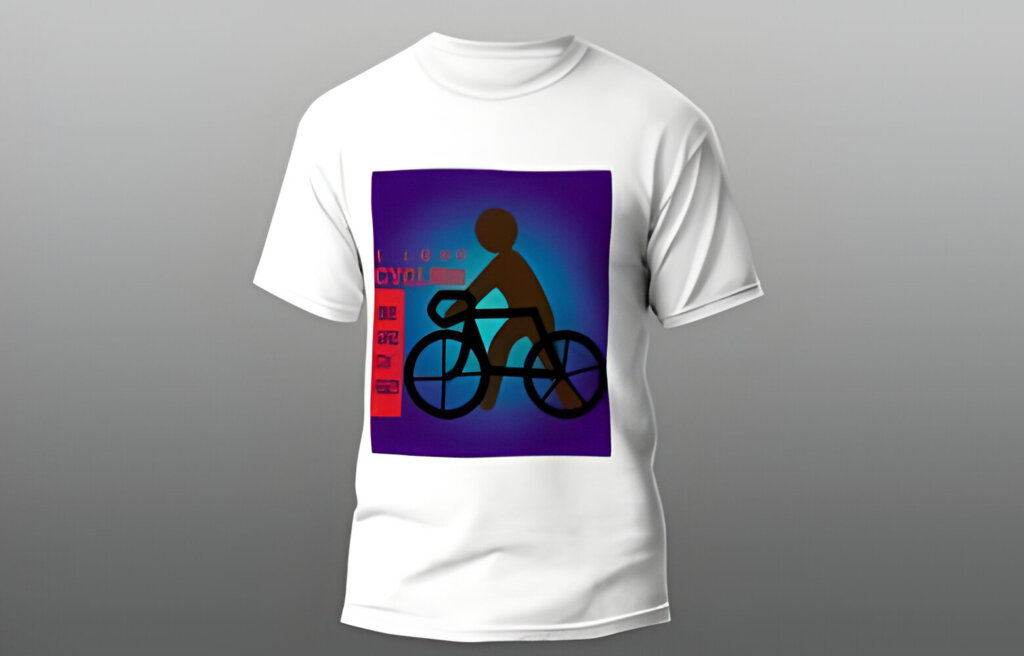
Technical considerations:
- White substrates achieve maximum ΔE*00 color accuracy
- Dark fabrics require 15-20% higher ink density
- Metamerism index ≤1.0 under D65/A/F11 lighting
Ludyway’s color management system maintains ±2 dE tolerance.
Sublimation Technical Parameters
| Fabric Type | Optimal Temp | Pressure | Time | Color Yield |
|---|---|---|---|---|
| 100% Polyester | 200°C | 2.0kg/cm² | 50s | 98% |
| Tri-Blend | 190°C | 2.5kg/cm² | 45s | 85% |
| 65/35 Blend | 195°C | 1.8kg/cm² | 55s | 92% |
Testing Protocol for Sublimation Readiness
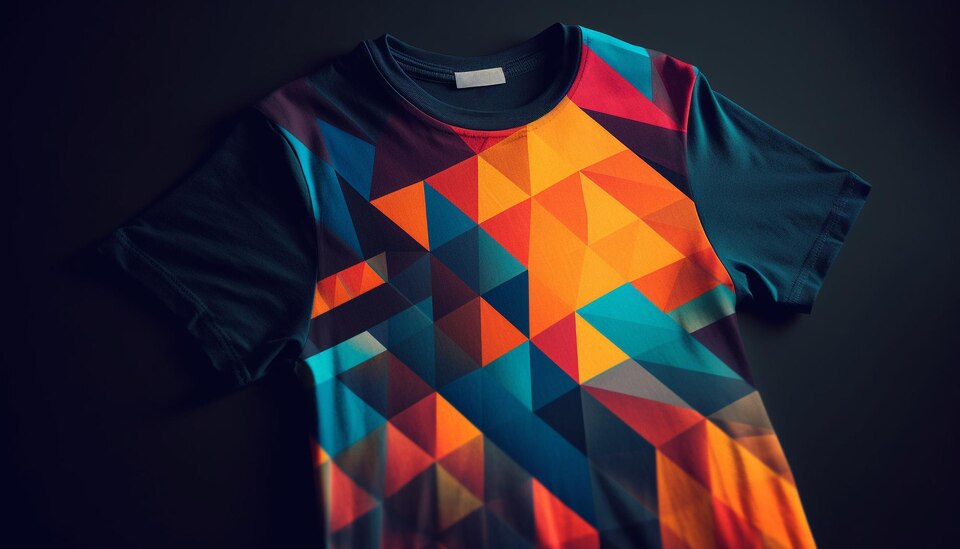
Ludyway’s verification process:
- Fiber composition analysis (ASTM D629)
- Heat stability test (5 cycles @ 205°C)
- Colorfastness validation (AATCC 135)
- Stretch recovery assessment
Fade Resistance Technology
- UV inhibitors in polymer matrix
- Cationic dye fixation agents
- Nano-scale surface sealing
Our advanced formulations reduce color loss to ≤5% after 100 washes.
Industry Applications
- Team Sports: Moisture-wicking jerseys with 4-color process prints
- Corporate Wear: Branded polos with logo precision ≤0.3mm tolerance
- Fashion: Gradient effects with 256-level tonal transitions
Ludyway’s Technical Advisory
We recommend:
- Pre-treatment protocols for challenging fabrics
- ICC profile customization for specific printers
- Bleed compensation algorithms for pattern matching
Our R&D team continuously develops next-generation sublimation substrates for evolving market demands.


